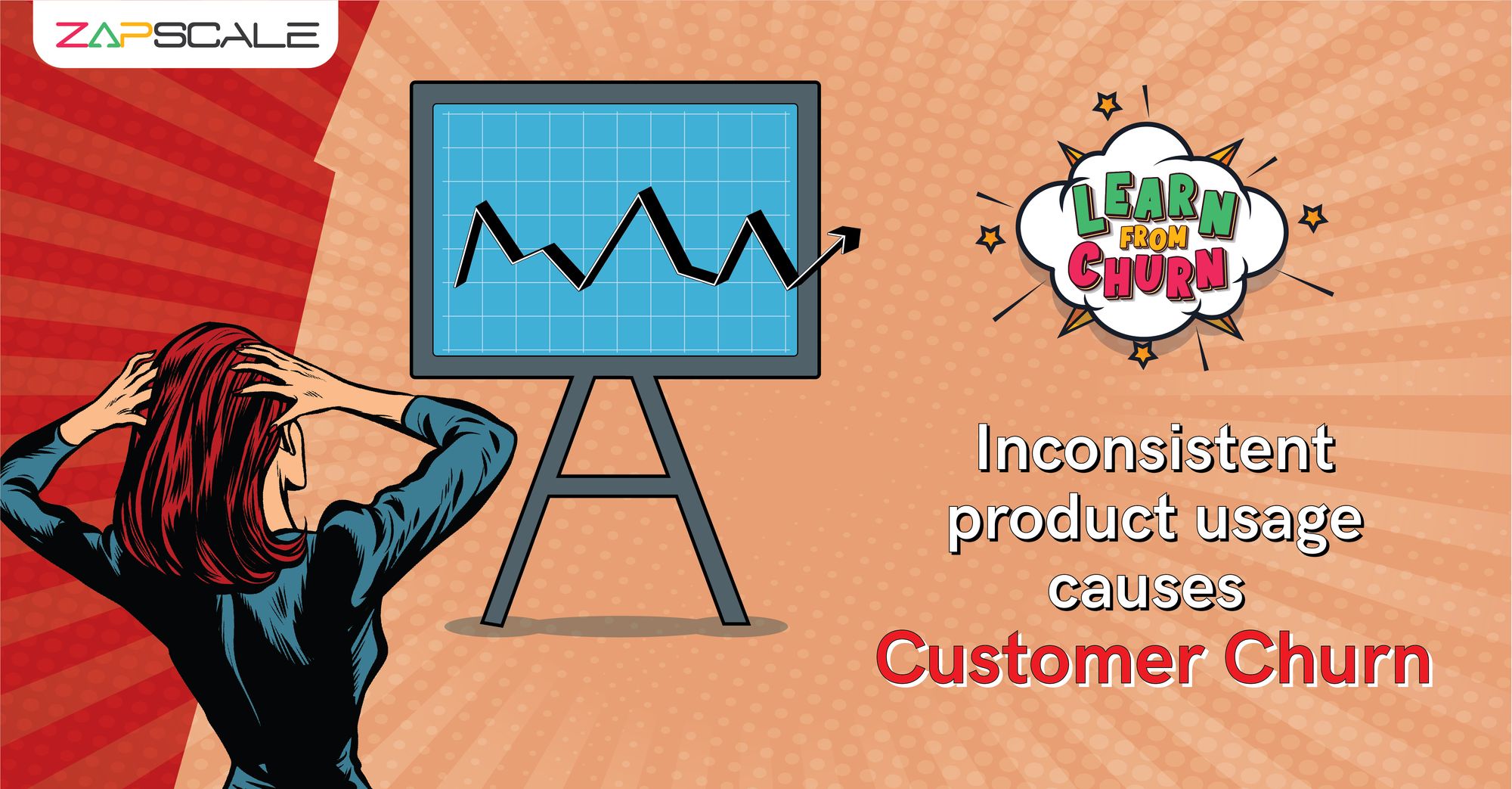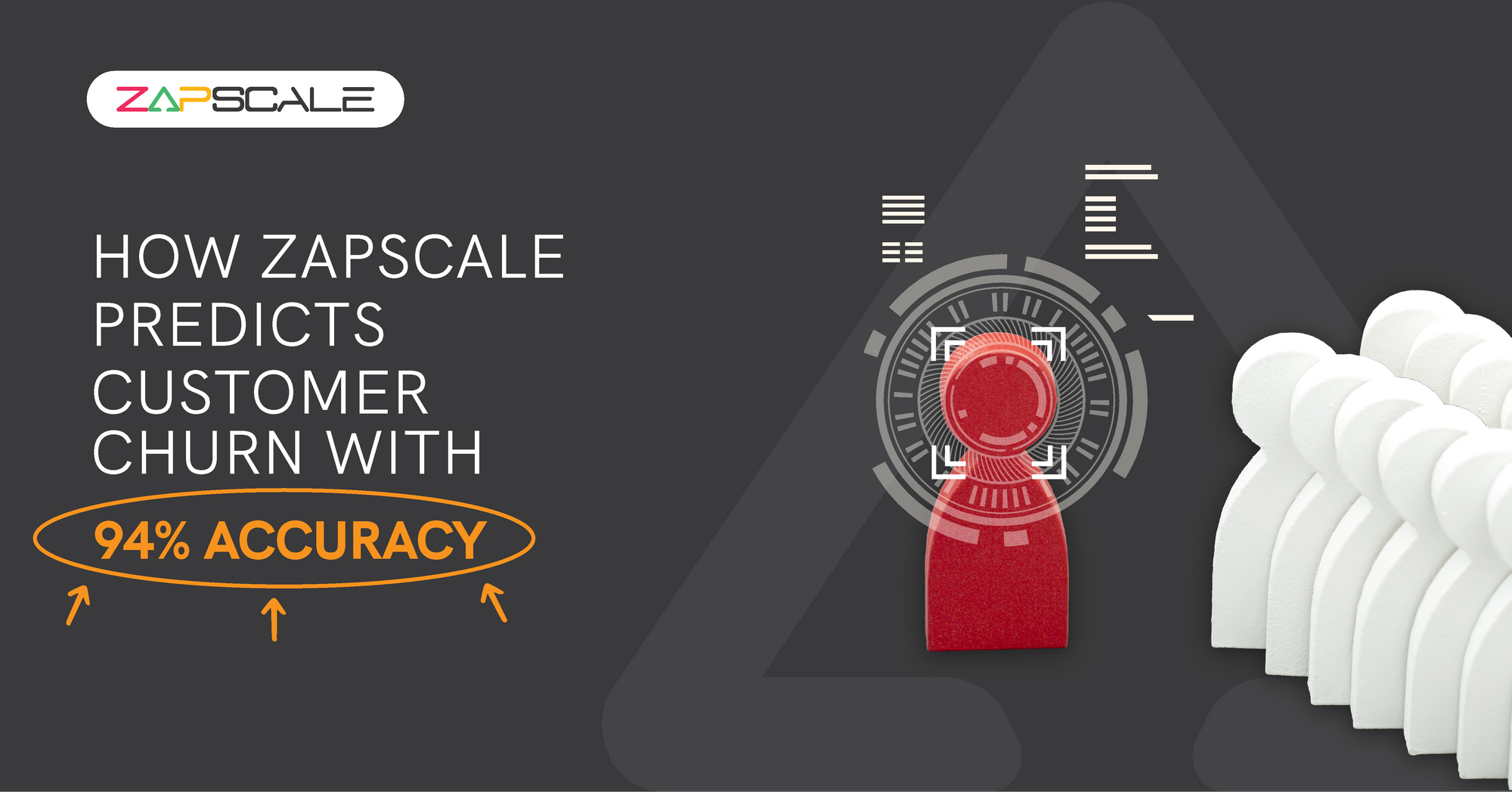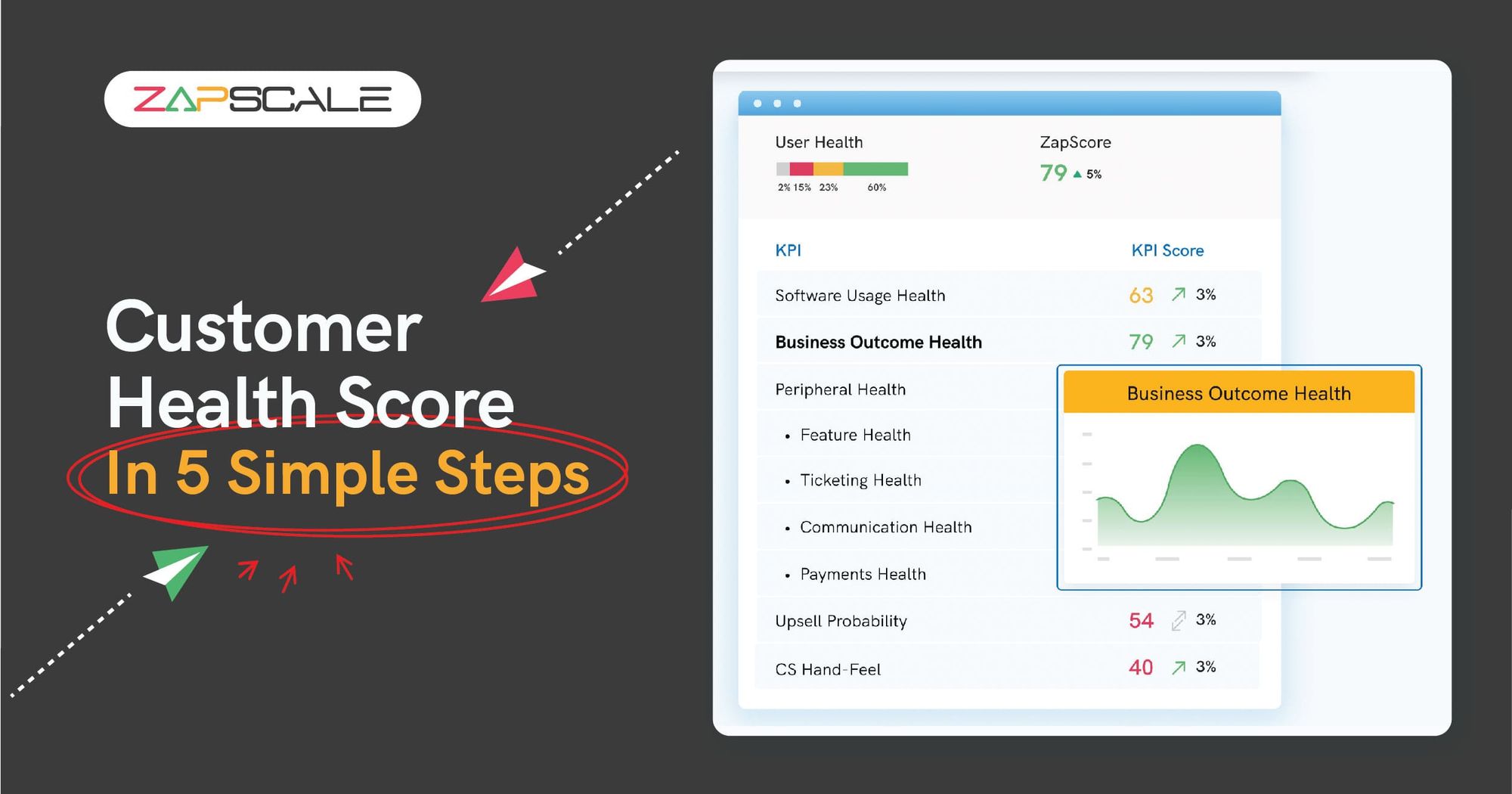CATEGORY > Customer Health
Learn from Churn #1 - Inconsistent Product Usage

I ran a B2B SaaS start-up from 2014 to 2019. Over the 5 years, we made 150 customers in 17 countries and lost 10 customers to churn. However, we received as many as 40+ churn threats and we successfully managed to douse the flames in 30 of these cases.
Each customer churn threat was an opportunity for me and my customer success team to delve into the customer data and find the root cause from an objective data-oriented perspective. In this series of blogs, I plan to tell you the nature of the churn threats and how we found the underlying data that was always screaming of a possible churn and we were just not looking deep enough.
Think of this as a murder mystery plot. We have a customer screaming murder. Can we piece together the data and the evidence to find the killer?
So, let’s see the 1st mystery: The Case of Inconsistent Product Usage
This was a large customer based out of Singapore with $70,000 ACV. They were using the product quite well, or so I thought. Our product telemetry showed that the customer spent an average of 75 minutes on the solution daily. No red flags here. All good and healthy.
And then, out of the blue, the customer wrote an email saying they were not interested in renewing. This was shocking to us! Other similar-sized customers were showing 60 minutes of average usage daily and very happily renewing. So, what was wrong with this customer?
After a little digging, we found the answer.
Here is a quick comparison of 2 customers of similar size. See if you can spot the customer issue:

Looking at the image above, it seems that Customer 1 is healthier than Customer 2, considering its daily product usage average (73 minutes). But let's dive deep into the daily product usage of these customers.

down wildly over the days of a week. In contrast, a similar-sized happy customer was using the solution consistently over the whole week.
Our customer success team interviewed the customer and found out they were just practicing bad usage hygiene. The users would postpone the work on the product for one or two days and a huge backlog would appear and then they would toil for one long day to clear it and this sinusoidal behavior caused them to not like the system. We rectified the problem by training the users and saving the churn.
The lesson was clear. It is not enough to just look at the average use time. The consistency of the usage is equally important. So, we added one more customer health KPI of product usage consistency and the new KPI spat out a few more such cases that we closed before they threatened to churn.
Learn From Churn: Lesson 1
In my next post, I will be giving an example of a churn threat where the customer’s ticketing data showed us something shocking! Stay tuned.
ABOUT THE AUTHOR
Popular from Customer Health
Quality Content,
Straight To Your Inbox!
Subscribe for the latest blogs, podcasts, webinars, and events!

Write a Blog
If you have experience in CS and
a flair for writing, we’d love to
feature you.
Write to us on
hello@zapscale.com






